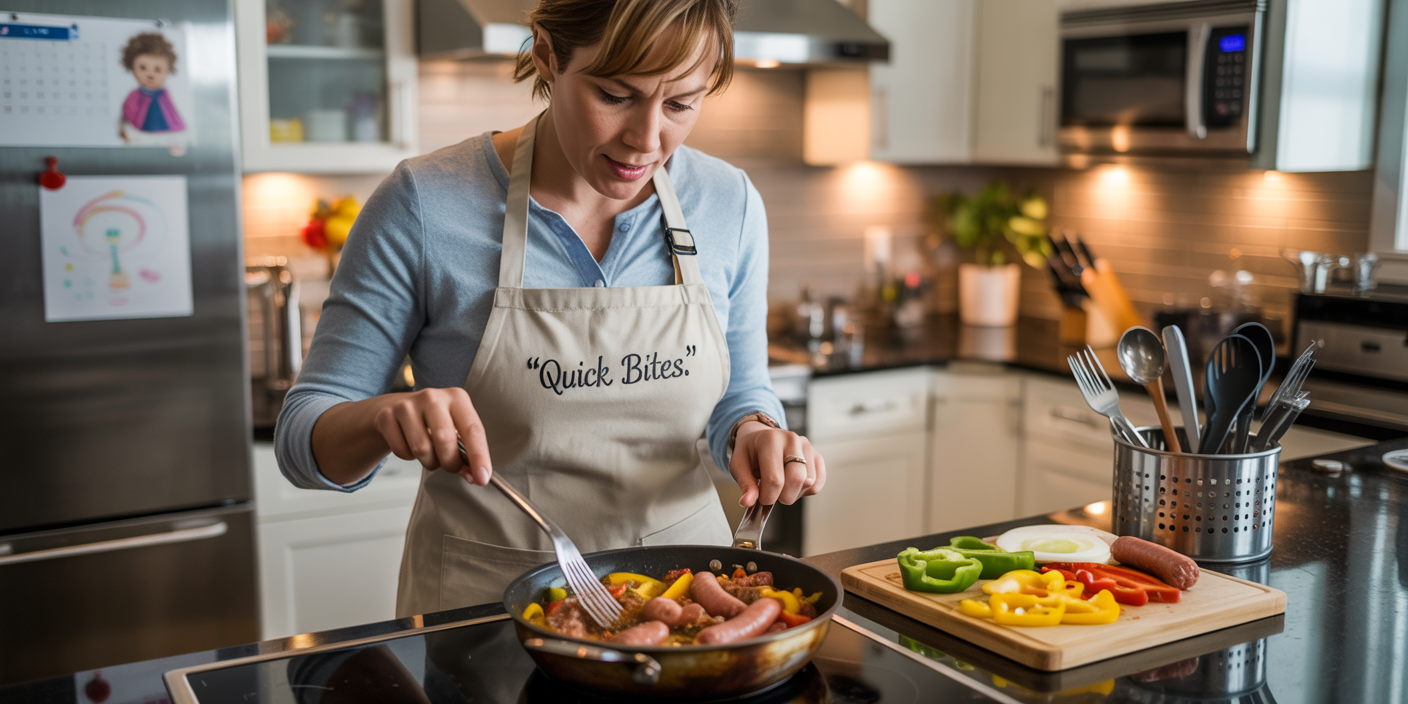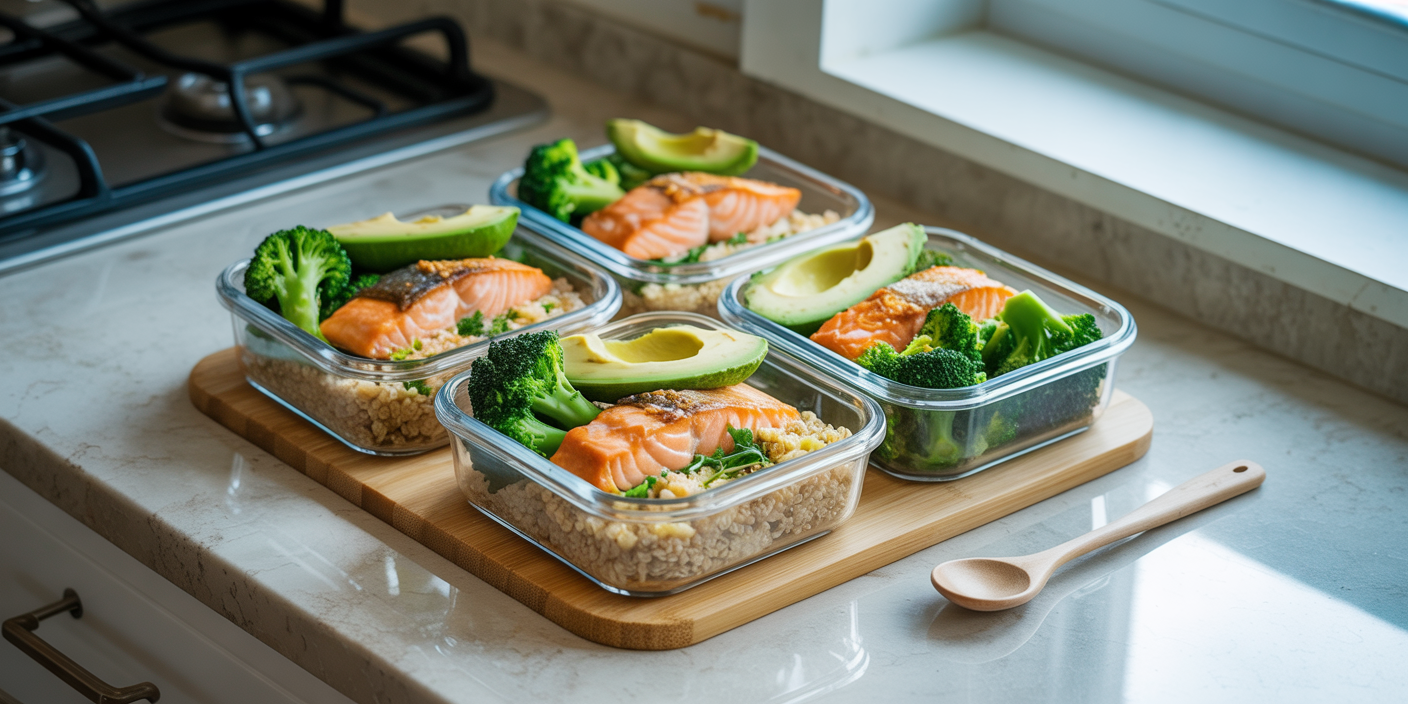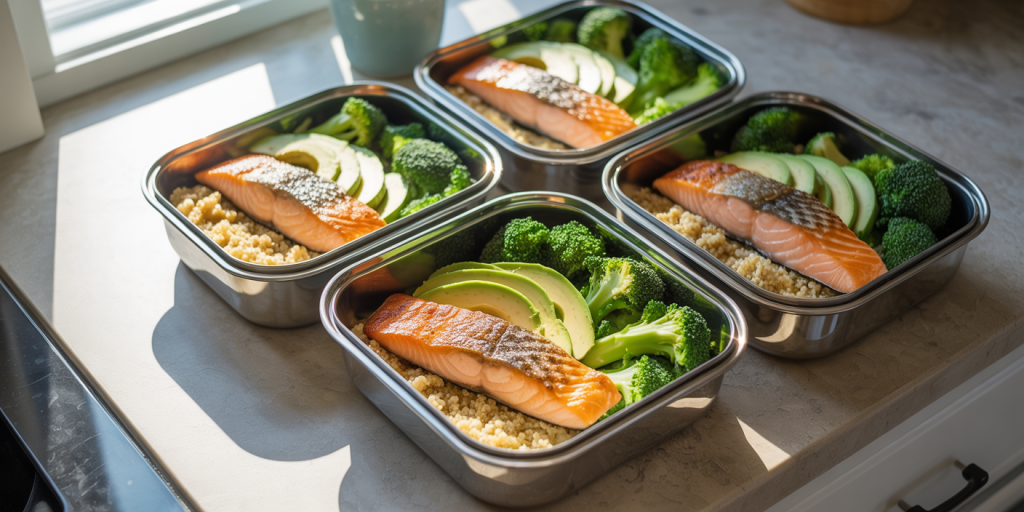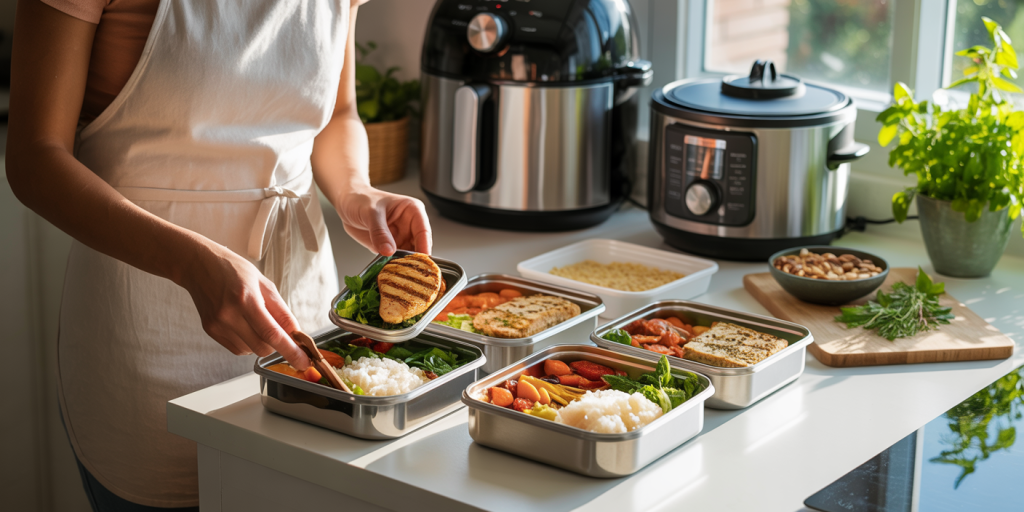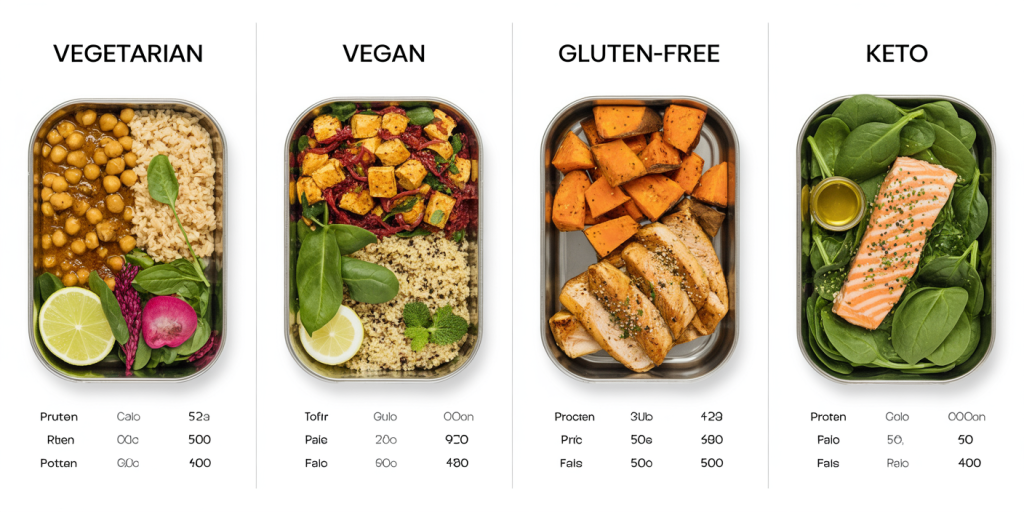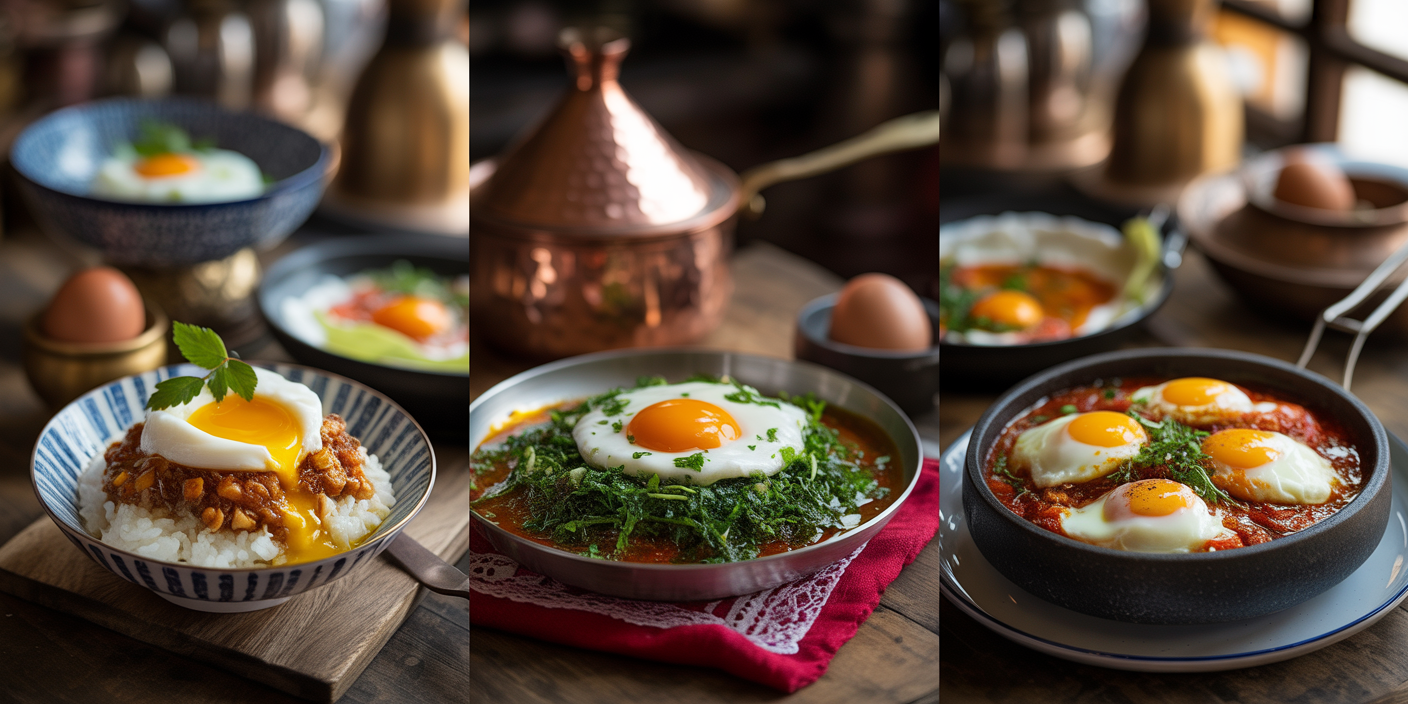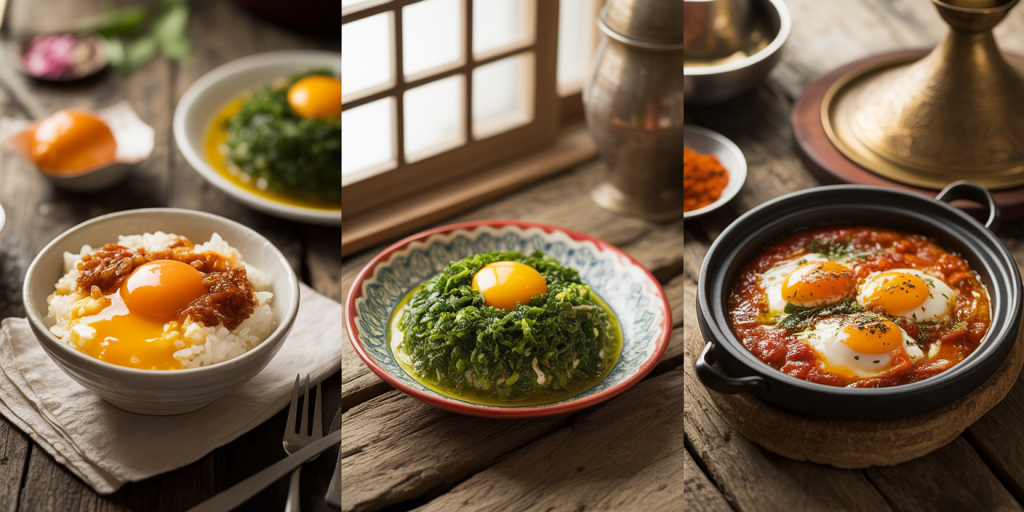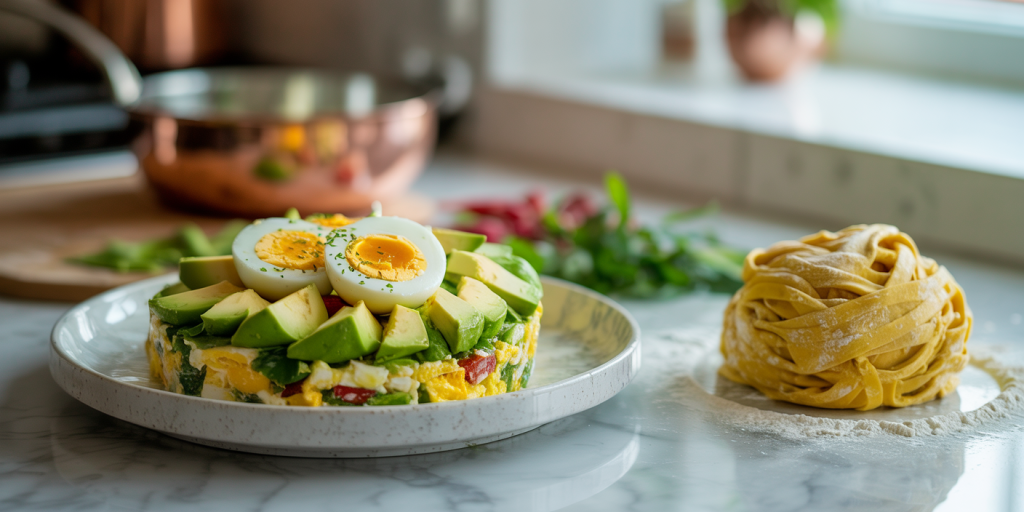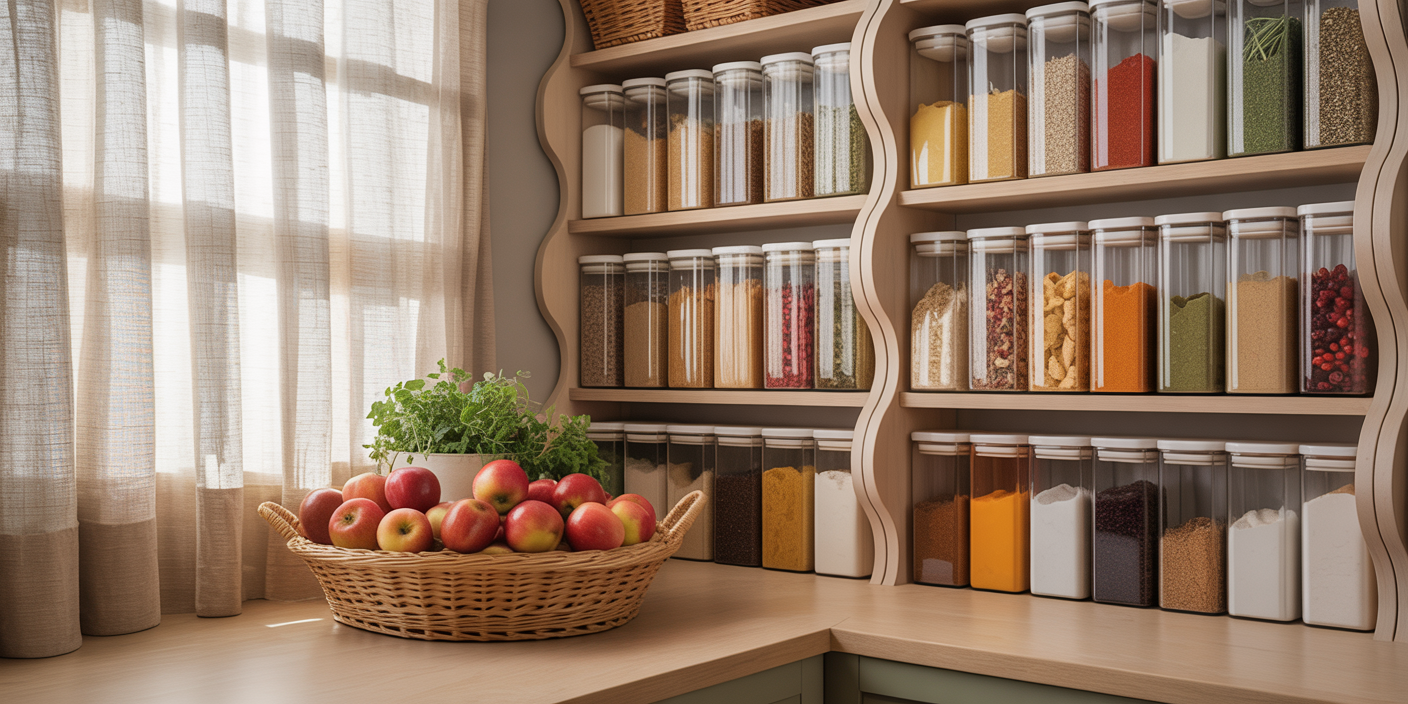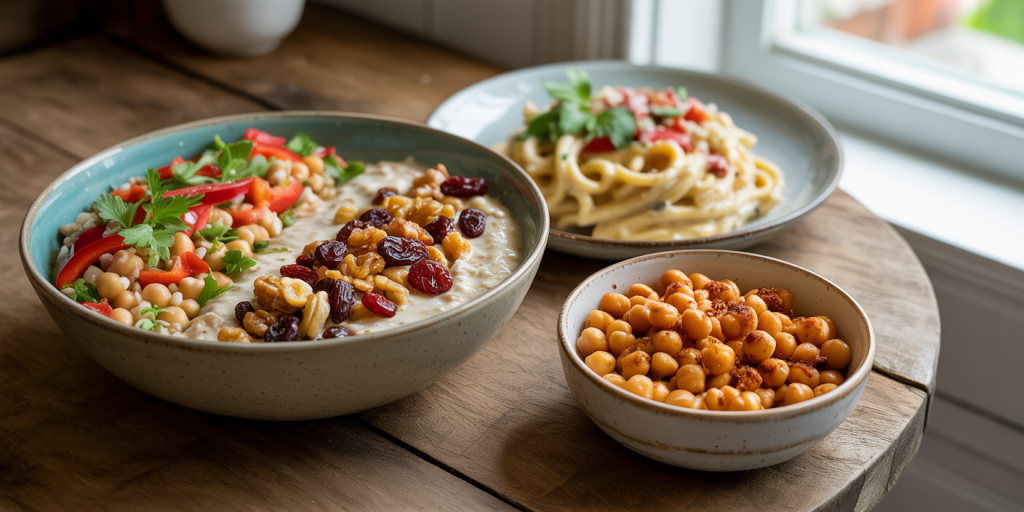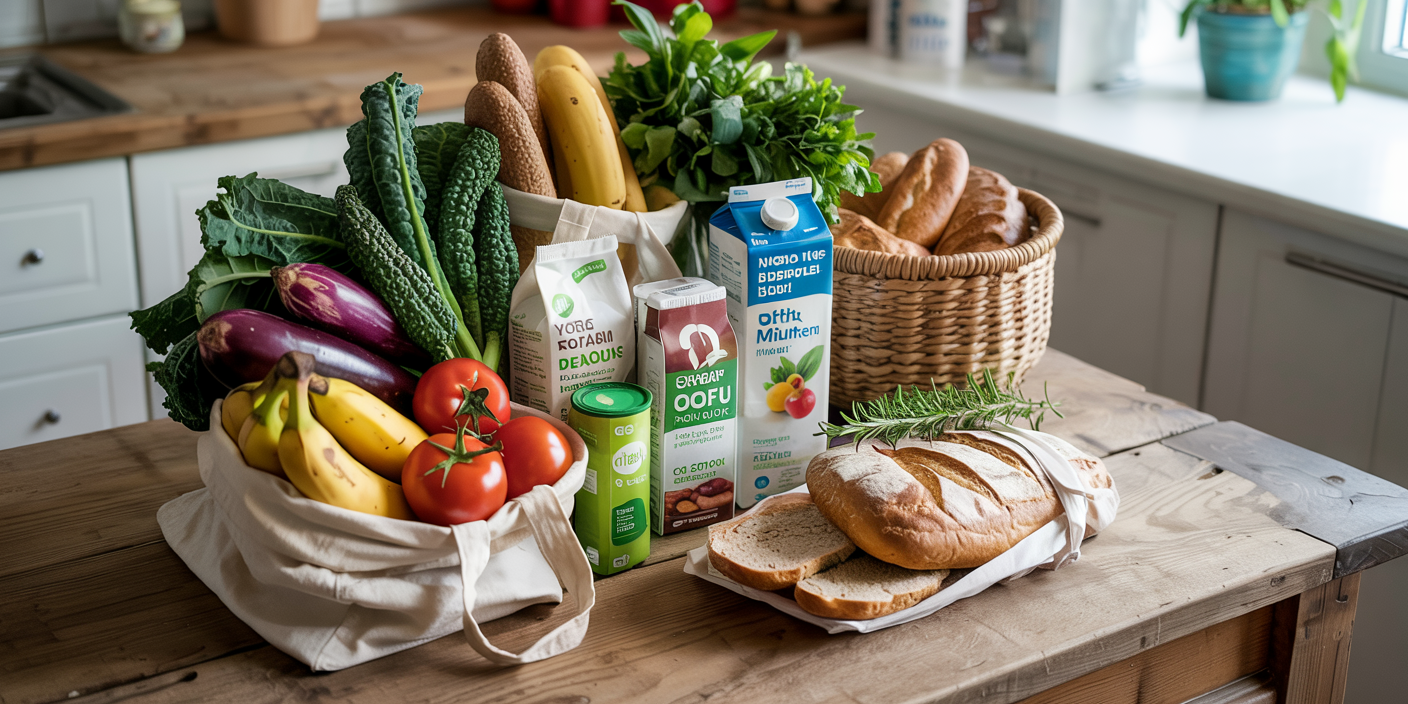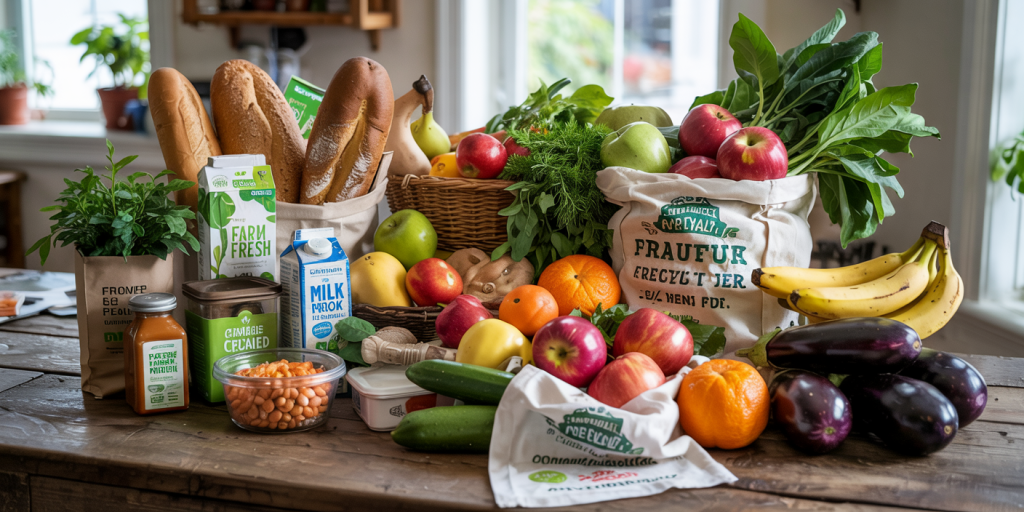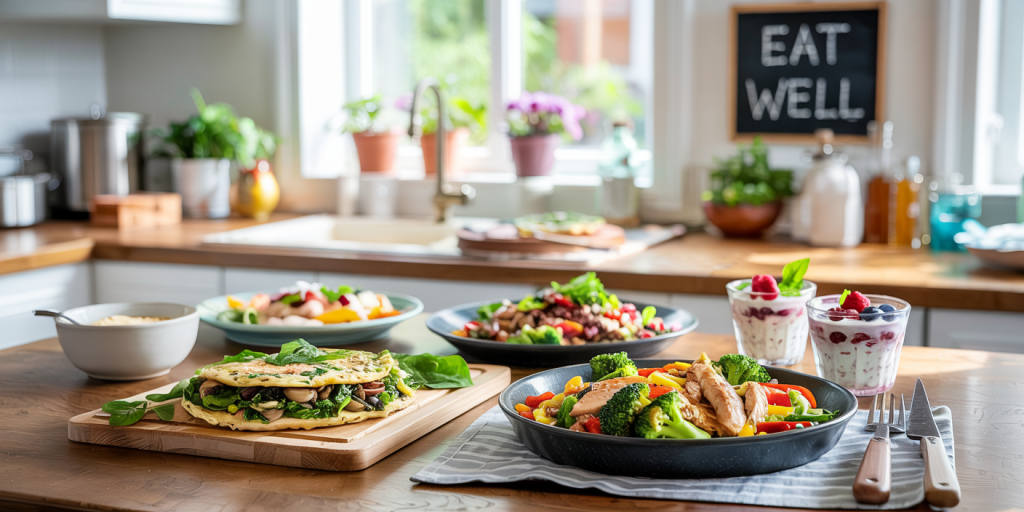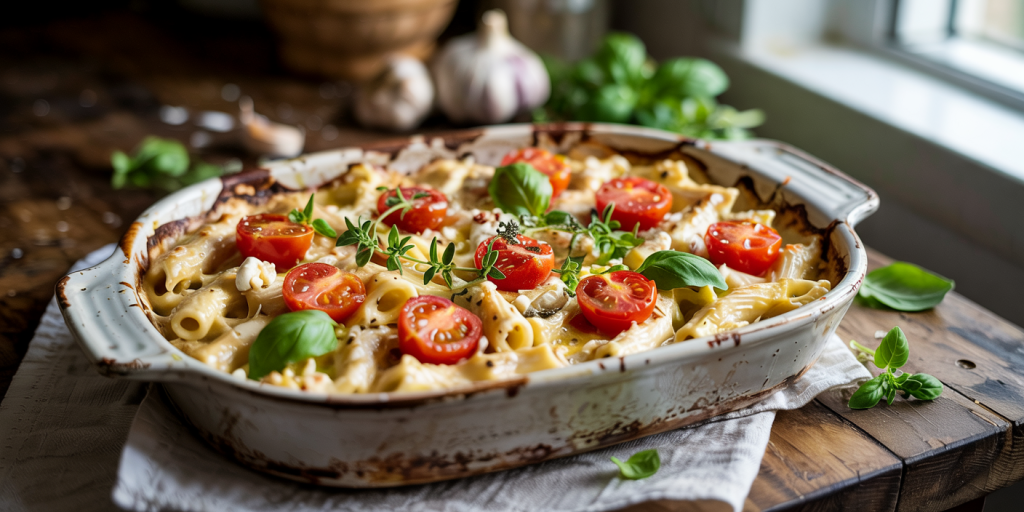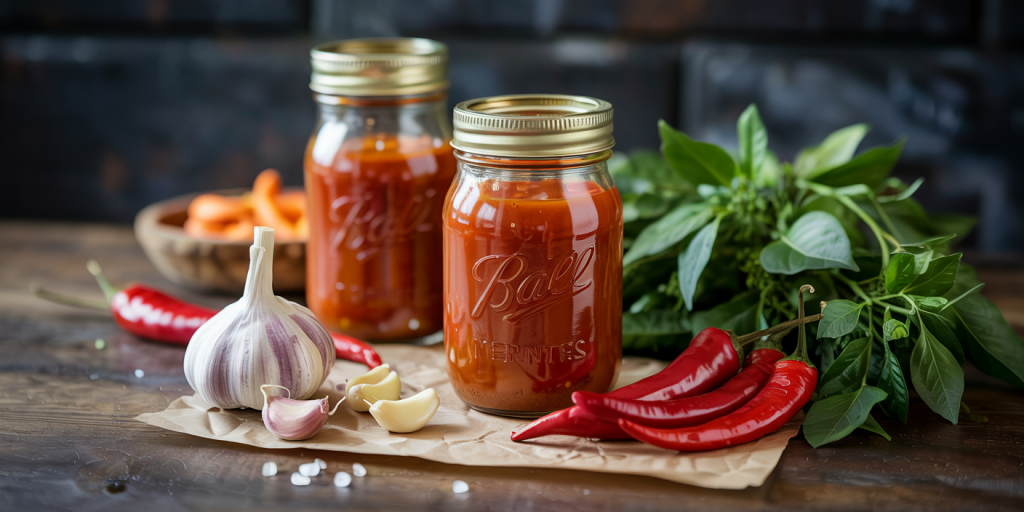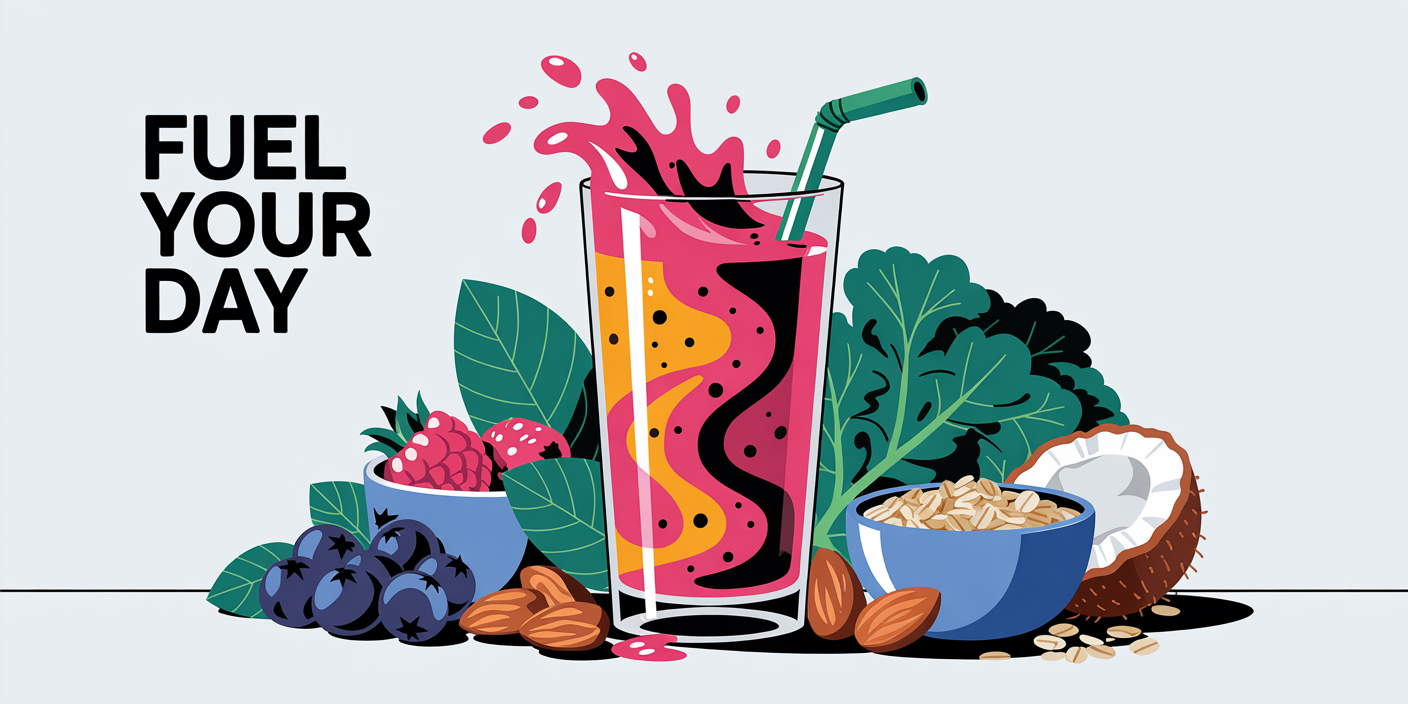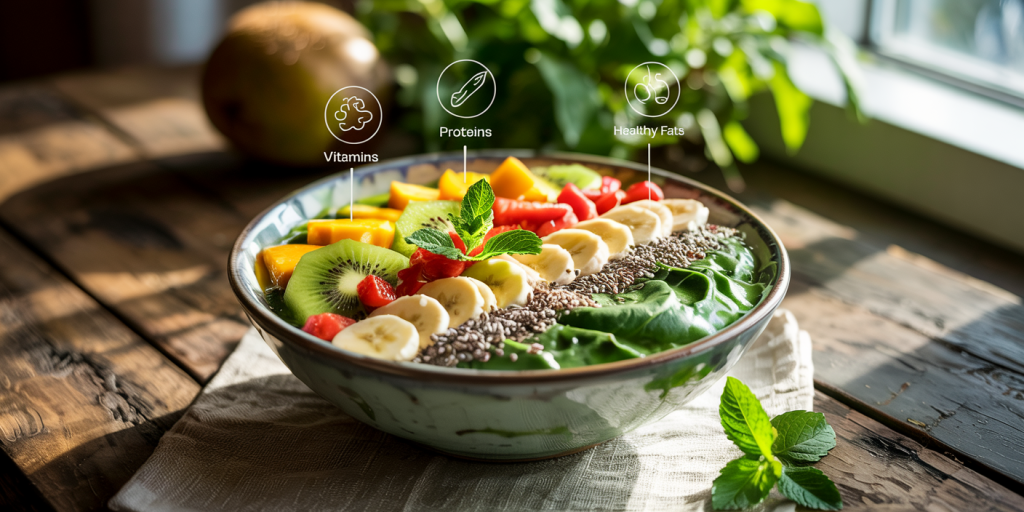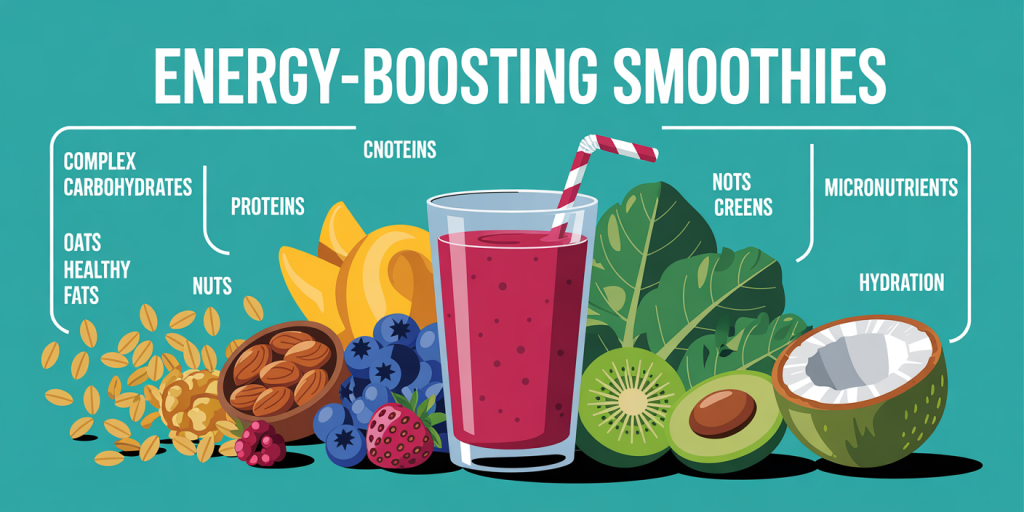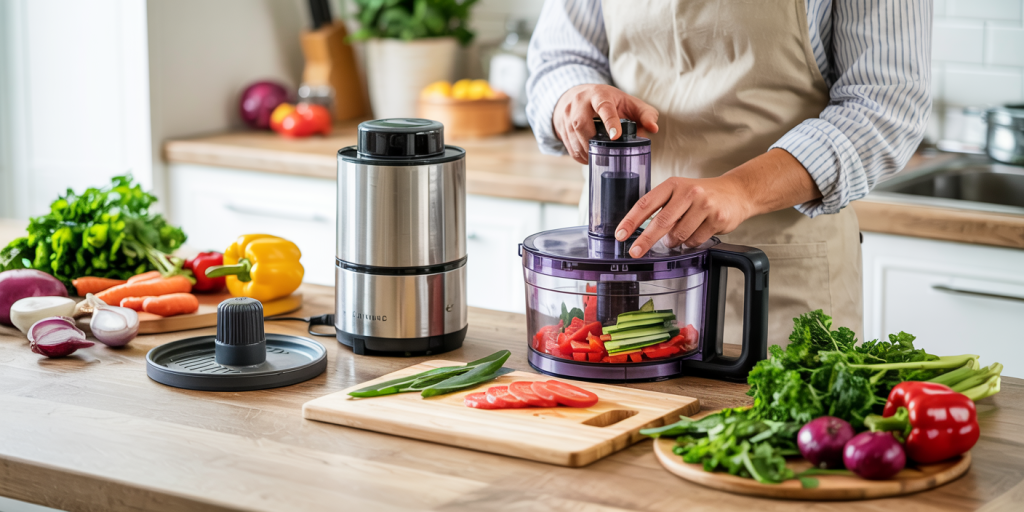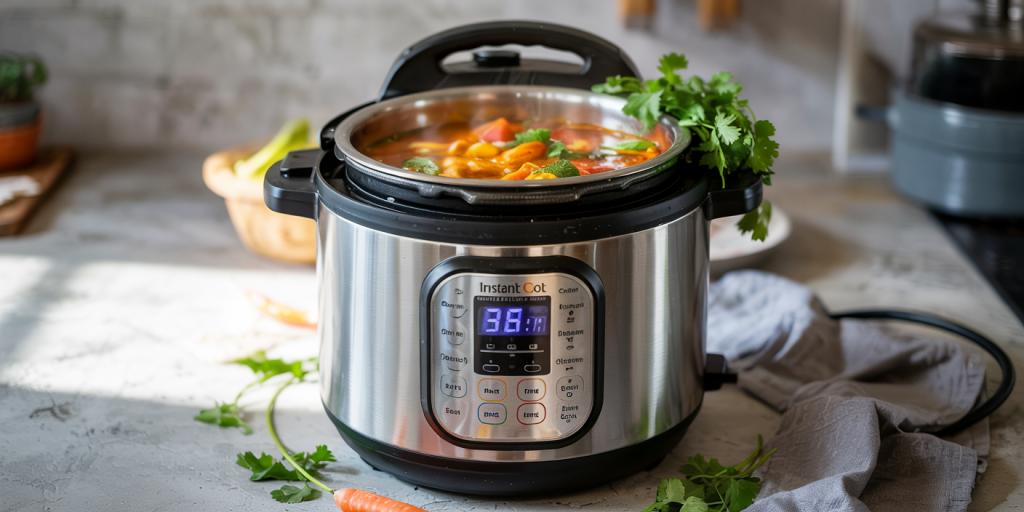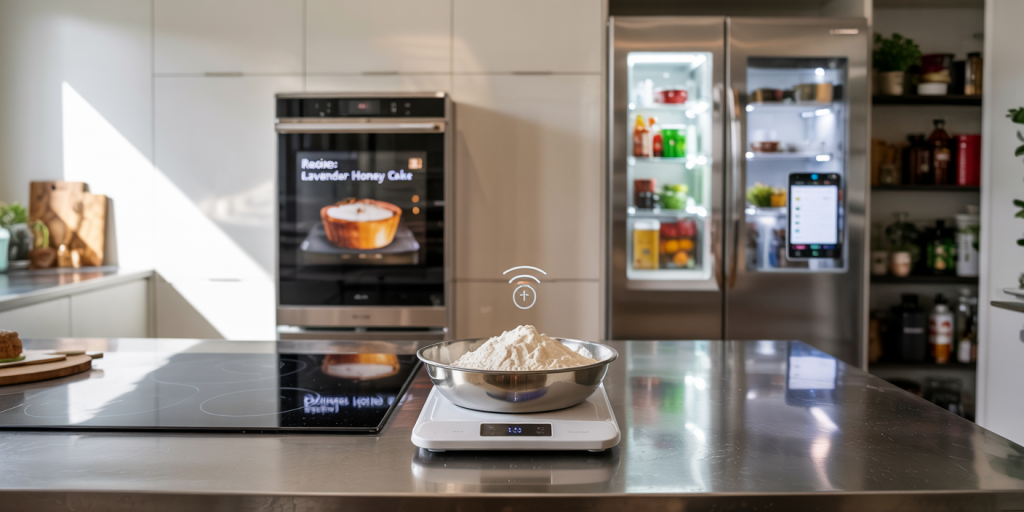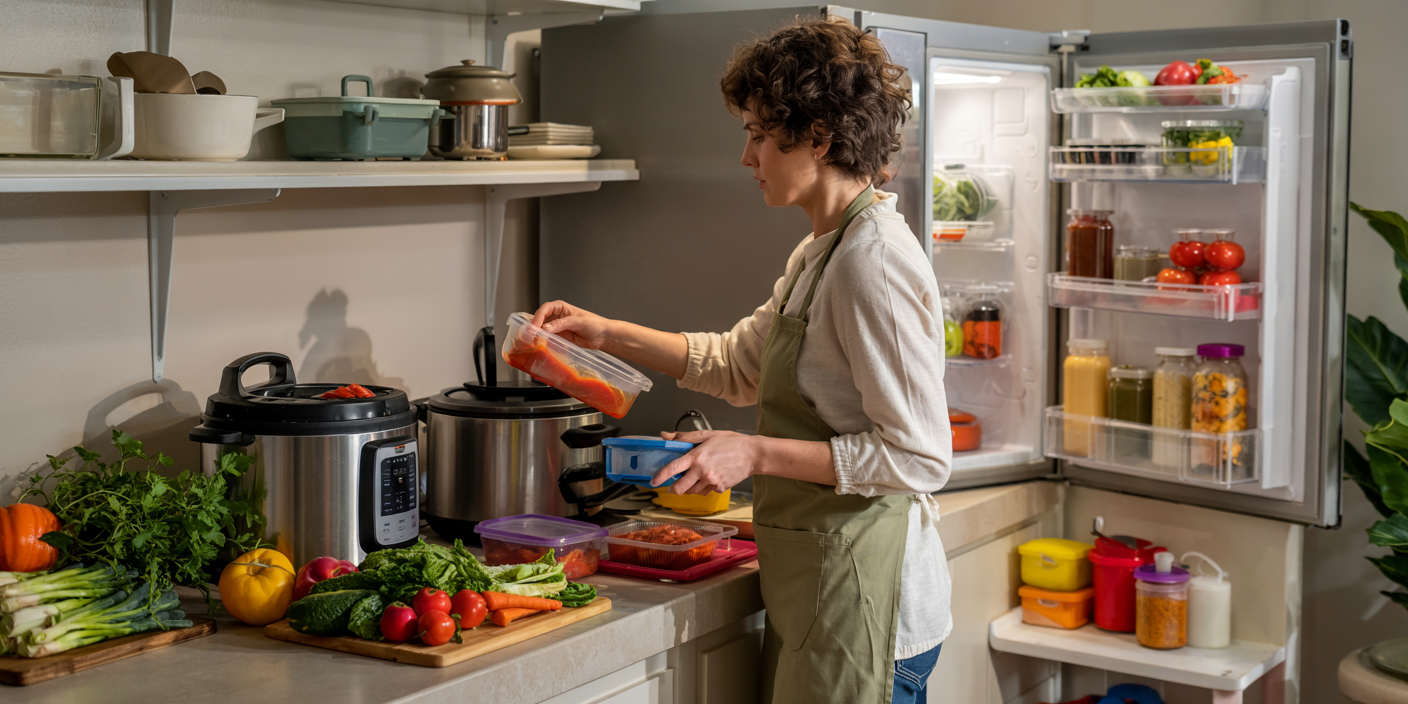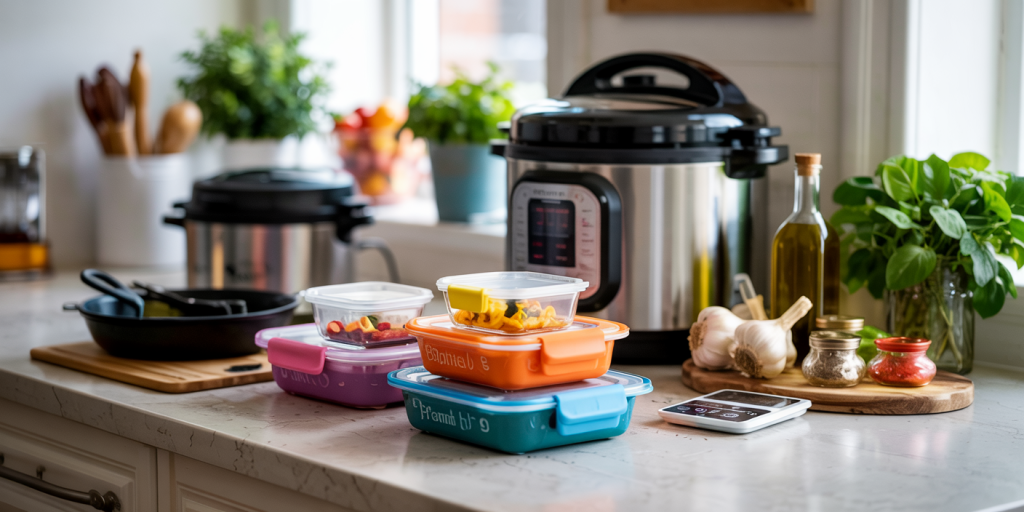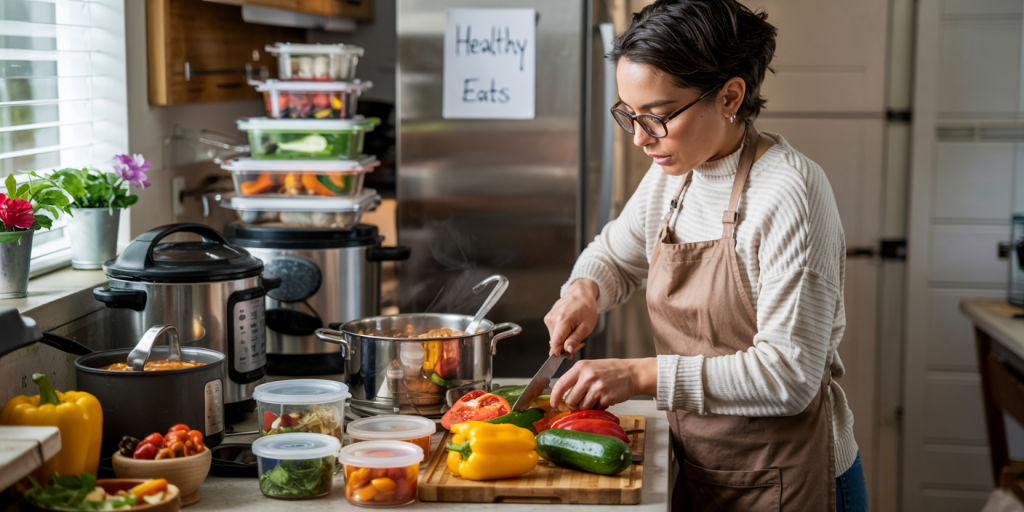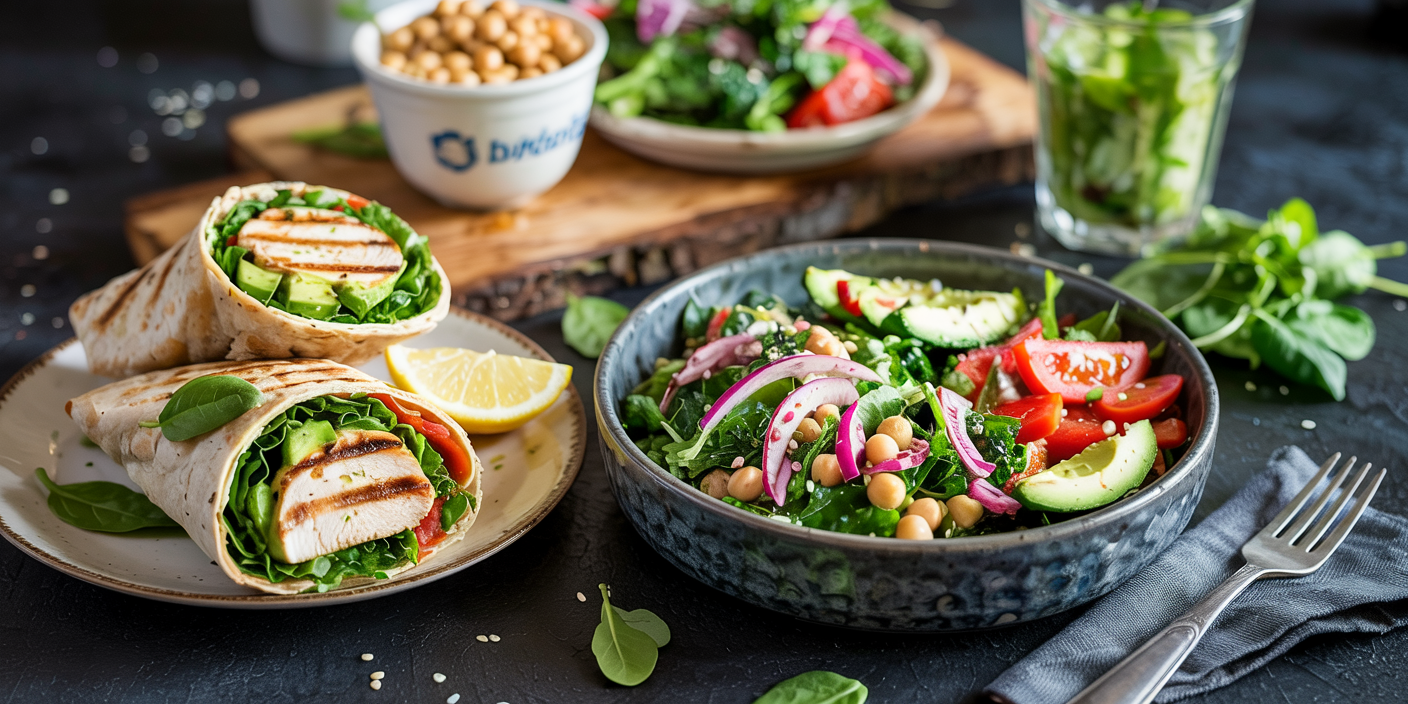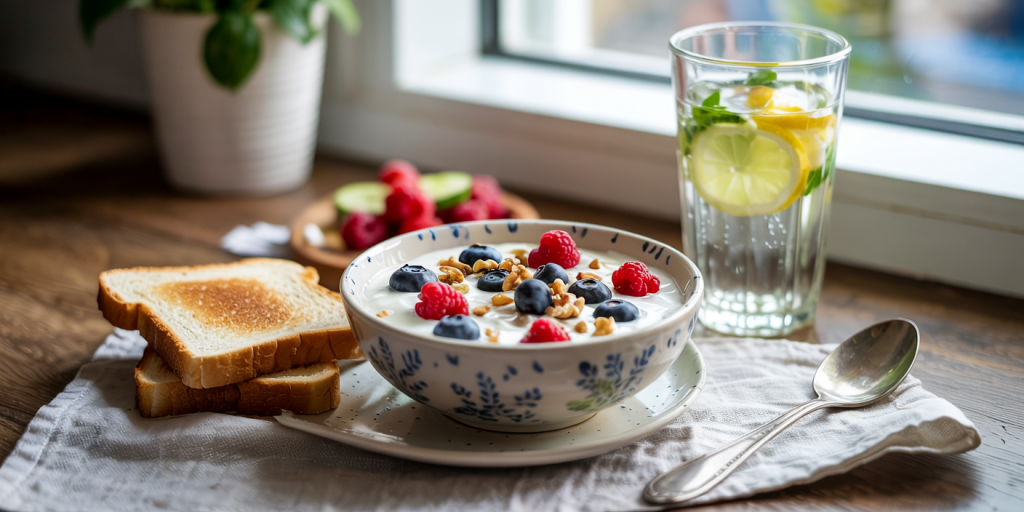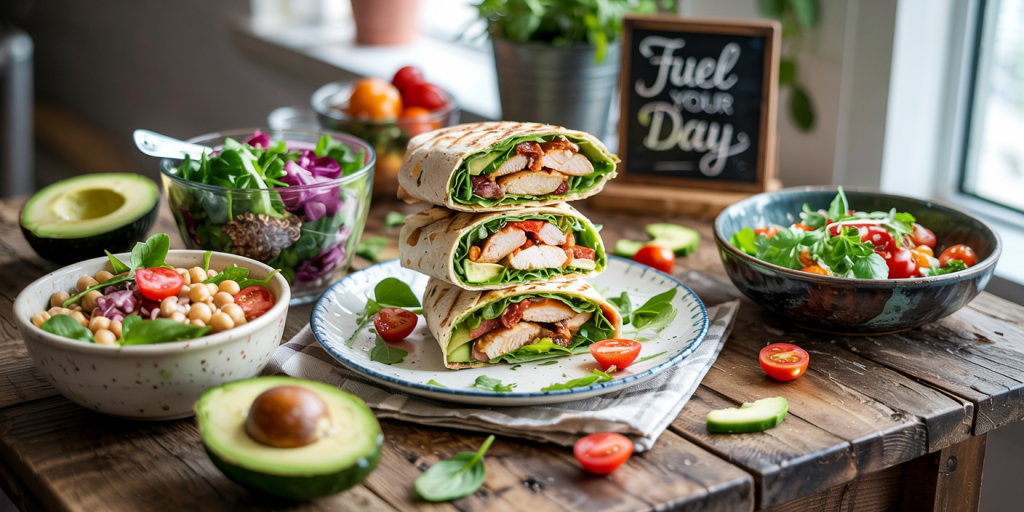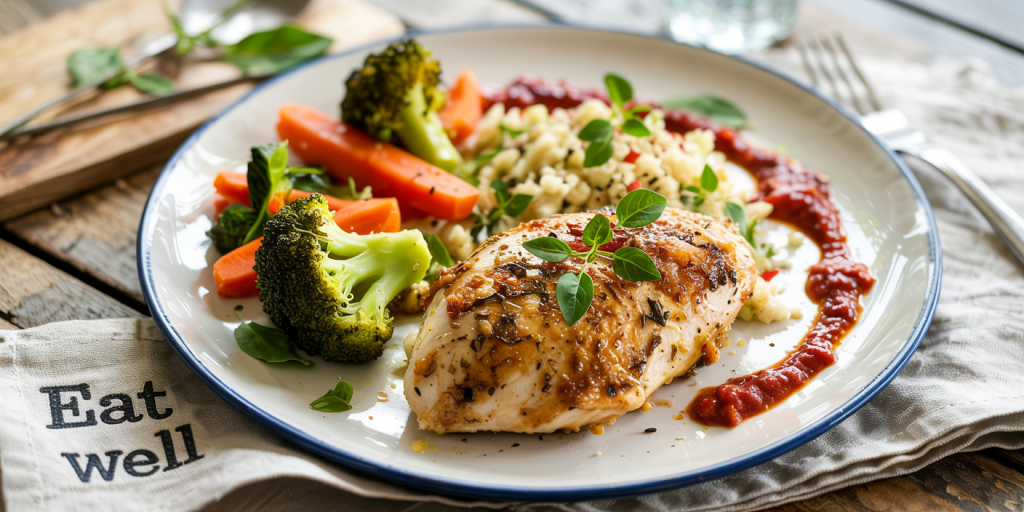In today’s fast-paced world, balancing work, family, and personal time can be overwhelming, especially when it comes to preparing nutritious and delicious dinners. Many people find themselves caught between the choice of ordering takeout or spending hours in the kitchen. However, quick dinners made with only five ingredients can be a game changer, offering efficiency, simplicity, and culinary satisfaction. This approach not only reduces grocery shopping complexity but also minimizes cooking time, allowing you to enjoy wholesome meals without stress.
The trend towards minimal-ingredient meals is supported by culinary experts and nutritionists alike. The American Heart Association highlights the importance of home-cooked meals for better diet quality, linking them to lower calorie intake, healthier food choices, and cost savings (American Heart Association, 2021). Utilizing only a handful of ingredients encourages the use of fresh produce and lean proteins, making the dinner table more vibrant and nutritious. This article will explore quick dinner ideas using five or fewer ingredients, provide practical implementation tips, and examine the future of simple cooking in the modern household.
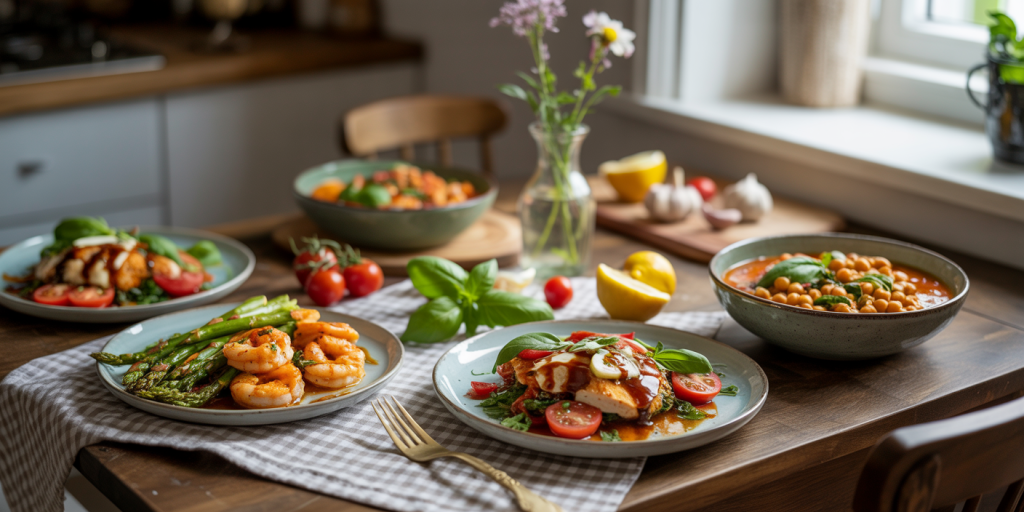
The Benefits of 5-Ingredient Quick Dinners
Simplicity in cooking doesn’t necessarily mean sacrificing taste or nutrition. In fact, limiting the number of ingredients can often bring out the natural flavors of each component, fostering creativity and mindfulness in meal preparation. A study by the Journal of Nutrition Education and Behavior (2019) found that participants who cooked meals with fewer ingredients were more likely to finish meals and less likely to feel overwhelmed, fostering positive attitudes towards cooking.
One of the primary benefits is time efficiency. On average, Americans spend about 37 minutes preparing and cleaning up after meals (BLS, 2023). Five-ingredient dinners streamline this process, shrinking prep and cook times dramatically. This is especially helpful for busy families or individuals juggling multiple roles. Additionally, with fewer ingredients, meal planning becomes easier, less expensive, and can reduce food waste. Using items from your pantry and fridge thoughtfully means you can maintain a consistent, healthy eating pattern without the hassle of complex recipes or overstocking.
Five Simple and Delicious 5-Ingredient Dinner Recipes
Exploring quick meals with minimal ingredients can inspire anyone to cook more often. Here are five real-world examples of dinners that use just five ingredients or less, combining speed, taste, and nutrition.
1. Garlic Butter Shrimp with Asparagus Ingredients: Shrimp, asparagus, garlic, butter, lemon In just 15 minutes, sauté shrimp and asparagus in garlic butter and finish with a squeeze of lemon. This recipe is high in protein and vitamins from asparagus, delivering a burst of flavor with minimal effort.
2. Caprese Chicken Ingredients: Chicken breasts, mozzarella, tomatoes, basil, balsamic glaze Simply bake chicken breasts topped with mozzarella and tomato slices, then garnish with fresh basil and a drizzle of balsamic glaze. This dish embodies Mediterranean flavors and takes only about 25 minutes from start to table.
3. Chickpea Spinach Curry Ingredients: Canned chickpeas, spinach, curry powder, coconut milk, onion Combine rinsed chickpeas, spinach, and onion with curry powder and coconut milk for a creamy, rich plant-based dinner. This dish offers fiber and iron, and cooks in under 30 minutes.
4. Sausage and Peppers Skillet Ingredients: Italian sausage, bell peppers, onion, olive oil, garlic Cook sliced sausage with colorful bell peppers and onions, seasoned lightly with garlic. This skillet dinner requires one pan and delivers hearty flavor, ready in 20 minutes.
5. Lemon Herb Pasta Ingredients: Spaghetti, olive oil, garlic, lemon zest, parsley Boil pasta and toss with olive oil, garlic, lemon zest, and chopped parsley for a zesty, refreshing meal that’s perfect for a light dinner, taking just 15 minutes to prepare.
Comparative Table: Nutritional and Prep Time Overview of 5-Ingredient Dinners
| Recipe | Calories (approx.) | Protein (g) | Prep & Cook Time | Key Nutrients |
|---|---|---|---|---|
| Garlic Butter Shrimp | 320 | 30 | 15 minutes | Protein, Vitamin C, Healthy Fats |
| Caprese Chicken | 400 | 35 | 25 minutes | Protein, Calcium, Antioxidants |
| Chickpea Spinach Curry | 350 | 12 | 30 minutes | Fiber, Iron, Vitamins A & C |
| Sausage and Peppers | 450 | 25 | 20 minutes | Protein, Vitamin C, Iron |
| Lemon Herb Pasta | 300 | 8 | 15 minutes | Carbohydrates, Vitamin C, Fiber |
This table demonstrates that five-ingredient dinners can accommodate diverse dietary preferences—from high-protein to vegetarian—while keeping cooking times succinct.
Overcoming Common Challenges with Minimal Ingredients
One of the concerns people have with limiting ingredients is the fear of repetitive meals or a lack of flavor. However, clever seasoning and the judicious use of fresh herbs, citrus, or condiments can significantly elevate simple dishes. For example, adding herbs like rosemary or spices such as smoked paprika can transform basic proteins into gourmet experiences. Real-life cases, such as busy parents sharing their meal prep routines on community forums, reveal that rotating staple ingredients combined with varying cooking methods prevents monotony.
Another challenge is dietary restrictions. Navigating allergies or specific diets like keto or veganism with only five ingredients might seem difficult. Nevertheless, it encourages resourcefulness. A vegan version of the chickpea curry, for example, can just remove coconut milk or replace it with a nut-based alternative. Research from the Academy of Nutrition and Dietetics (2020) supports that meal simplicity can enhance adherence to special diets by reducing decision fatigue.
Time-Saving Tips for Efficient 5-Ingredient Cooking
To fully leverage the benefits of five-ingredient quick dinners, adopting certain practices can optimize your kitchen workflow. Batch prepping key ingredients like chopping vegetables or marinating proteins ahead of time can shorten evening cooking sessions. Some households use slow cookers or air fryers to handle quick meals even with minimal ingredients, blending convenience with flavor preservation.
Another tactic involves maintaining a well-stocked pantry with staples like garlic, olive oil, canned beans, and spices—ingredients that amplify recipes without adding complexity. According to a survey by the National Restaurant Association (2022), 65% of home cooks find that having versatile pantry staples leads to more spontaneous cooking and fewer skipped meals.
Practical Example: Emma, a working mother of two from Chicago, shared her routine of prepping bell peppers and onions on Sunday afternoons. This strategy enabled her to throw together a sausage and peppers skillet in under 20 minutes on busy weekday evenings, ensuring that her children always had a healthy and tasty dinner without overwhelm.

The Future of Simple Cooking: Trends and Innovations
As technology and culinary sciences evolve, the future of simple cooking looks promising and even more accessible. Smart kitchen appliances integrated with AI can suggest five-ingredient recipes based on what’s available in your fridge, reducing food waste and making meal planning effortless. Services like meal kit deliveries are progressively offering more minimalistic recipe bundles, tailored for quick prep and clean-up.
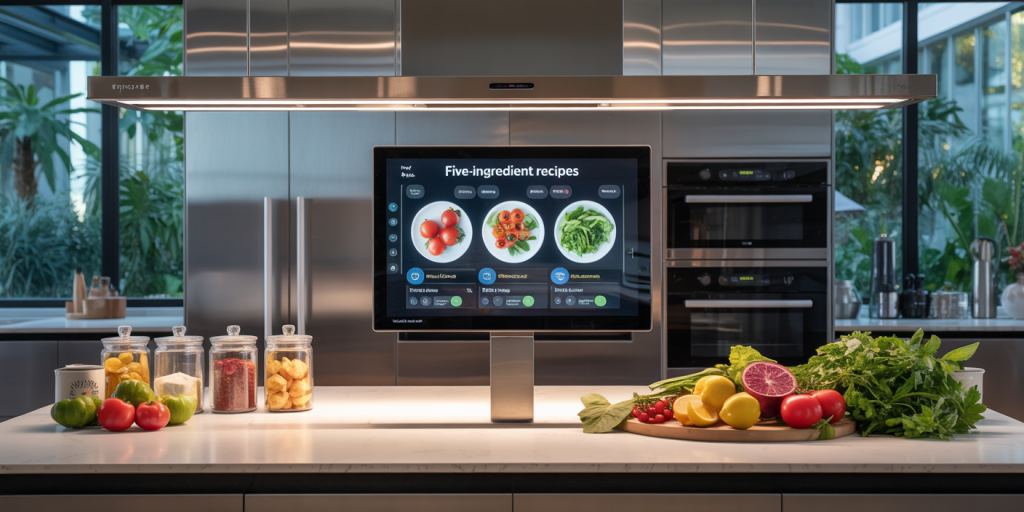
Nutritionally, there is a growing emphasis on whole foods and sustainability. Minimal-ingredient meals naturally align with these values by encouraging fresh, local ingredients and reducing packaging. The International Food Information Council (2023) reports a 34% increase in consumer demand for clean-label, simple foods in the past five years, indicating a market shift toward transparency and ease.
Innovators are also developing novel condiments and spice blends that can infuse meals with complex flavors using just one additional ingredient, further simplifying cooking without compromising depth or appeal. Virtual reality cooking classes focusing on minimalist recipes are gaining popularity, engaging younger generations in culinary skills with a streamlined approach.
In 10 years, the intersection of technology, health consciousness, and cooking simplicity will almost certainly make five-ingredient quick dinners even more mainstream and versatile across various culinary cultures.
—
By focusing on five-ingredient quick dinners, home cooks can reduce mealtime stress, eat healthier, and save both time and money. Combining practicality with creativity, these meals can accommodate diverse tastes, dietary needs, and busy lifestyles. As the culinary landscape continues to advance, embracing minimalism in the kitchen could pave the way for a new era of joyful, efficient, and sustainable eating at home.
